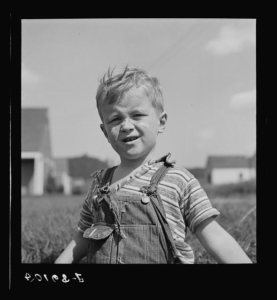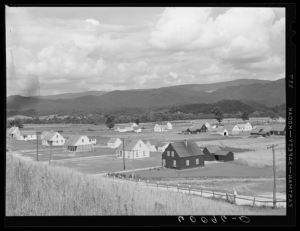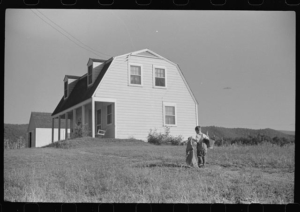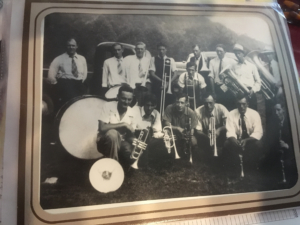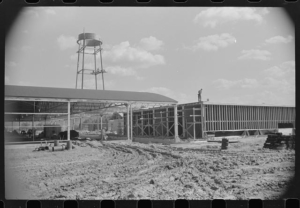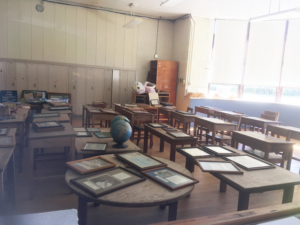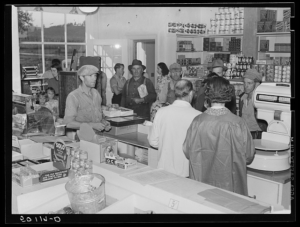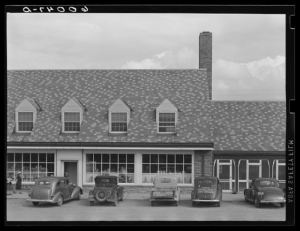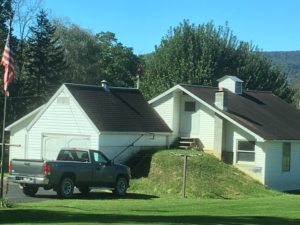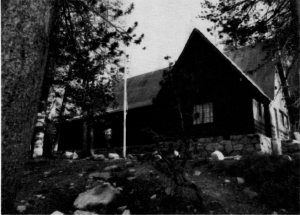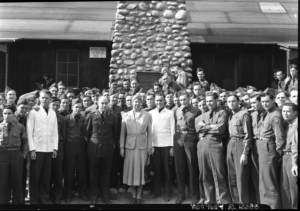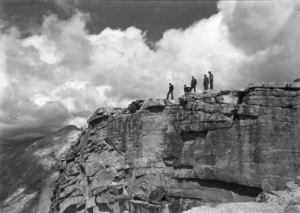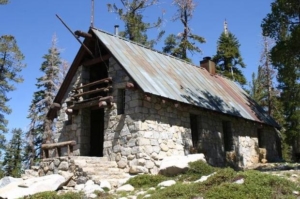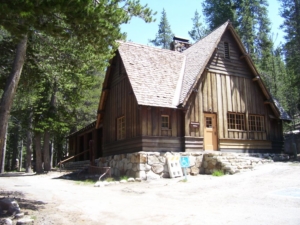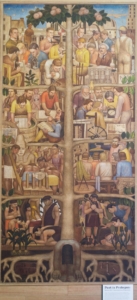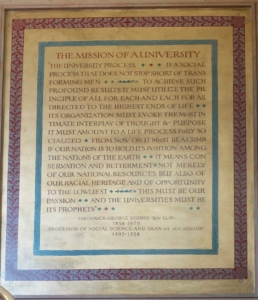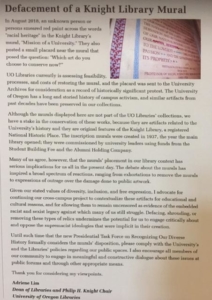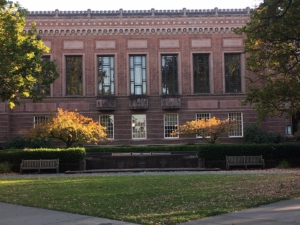
Newsreel
Before television, newsreels were a source of current affairs and entertainment for millions of moviegoers.
In order to restore public confidence and hope during the Great Depression, the federal government created a short-lived agency, the U.S. Film Service. Frustrated with anti-New Deal propaganda and obstructionist Republicans in Congress (sound familiar?), Harry Hopkins, chief of the Works Progress Administration, invited commercial producers—“Hollywood,” in popular parlance—to make newsreels that would show mass audiences how workers formerly on relief were building a better United States.
In 1935, with an eye toward the 1936 presidential election, Hopkins invited forty-one firms to bid on a contract for thirty, 600-foot, that is 5-minute, films. Pathé News won the contract with a bid of $4,280 a reel and a promise to include one WPA story each month in its national newsreel.

Colonial Park (now Jackie Robinson Park)
African American workers construct Colonial Park pool and bathhouse in Harlem in 1937. A Better New York City, 1937, Federal Works Agency, Works Progress Administration, National Archives.
It was a challenge to keep to the grueling production schedule. And there was backlash from the Republican National Committee, which charged that these short films would be nothing but “propaganda . . . paid out of relief funds.” But Pathé’s general manager, Jack S. Connolly, countered that the huge array of activities of the WPA would generate enough “straight news for unprejudiced releases.”
(You can judge for yourself by watching these newsreels on the Living New Deal website. The trove of forty-seven films gleaned from the National Archives includes A Better West Virginia, A Better Chicago, and A Better New Jersey. Some are longer, such as We Work Again, a film about African Americans, and Work Pays America, a survey of WPA accomplishments.)

School Lunch Program
A woman makes school lunches in an industrial kitchen. A Better New York City, 1937, Federal Works Agency, Works Progress Administration, National Archive
A Better New York City is in some ways an anomaly in the “A Better” series. Instead of breadlines and beggars the newsreel opens with billowing clouds that part to reveal Manhattan Island; the music swells; the skyline glimmers in the sunshine; and the narrator states that this is, “a great city, the financial, commercial capital of the entire world.” The unfolding panorama features Central Park (restored and improved with CWA and WPA funds and labor) and the Triboro Bridge (built with federal money). Streets, sidewalks, and buildings come into view as the narrator explains the program that “removed residents from relief rolls” and made New York a better city.
Like every newsreel in the “A Better” series, the New York City film highlights work and workers—blue and white collar, unskilled and skilled, men and women, whites and people of color. Manual labor, executed by men with weathered faces, strong hands, and brawny bodies, is valorized.

Caretaker
An African American caretaker and her young charges. A Better New York City, 1937, Federal Works Agency, Works Progress Administration, National Archives.
They build airports, bulkheads, and highways, and repair streets, sewers, and public buildings. The film heralds public swimming pools and bathhouses the New Deal built in this city.
For all the good that was done here, the New Deal tolerated racial segregation, and the newsreel disseminates a message of racial difference that is consistent across the “A Better” series.
Another consistent message is how the New Deal benefited children. The WPA operated twenty daycare centers in New York City for the children of needy or working mothers. In A Better New York City, youngsters are clean, heathy, and amply fed. They don’t work. Rather, they play in supervised sites such as play streets, parks, playgrounds, pools, day camps, nursery schools, and day care centers and enjoy a school lunch program, substantiating the narrator’s praise “In the knowledge that we are providing healthy bodies in sound minds for our future citizens . . .”

Play Street
Healthy children are shown playing in supervised areas. A Better New York City, 1937, Federal Works Agency, Works Progress Administration, National Archives.
As we look back to find a way forward, we should assess the imperfections of the New Deal along with its successes. African Americans were the hardest hit by the Depression, and yet they are underrepresented in A Better New York City just as they were underserved by New Deal programs.
Still, the WPA films remind us of the transformative power of the state to improve our wellbeing—and the power of moving images to craft political narratives.
Marta Gutman is professor at the City College of New York and a founding editor of PLATFORM, https://www.platformspace.net where a version of this article originally appeared. [email protected]
Marta Gutman teaches architectural and urban history at the City College of New York and the CUNY Graduate Center. Her research focuses on public architecture for city children.





